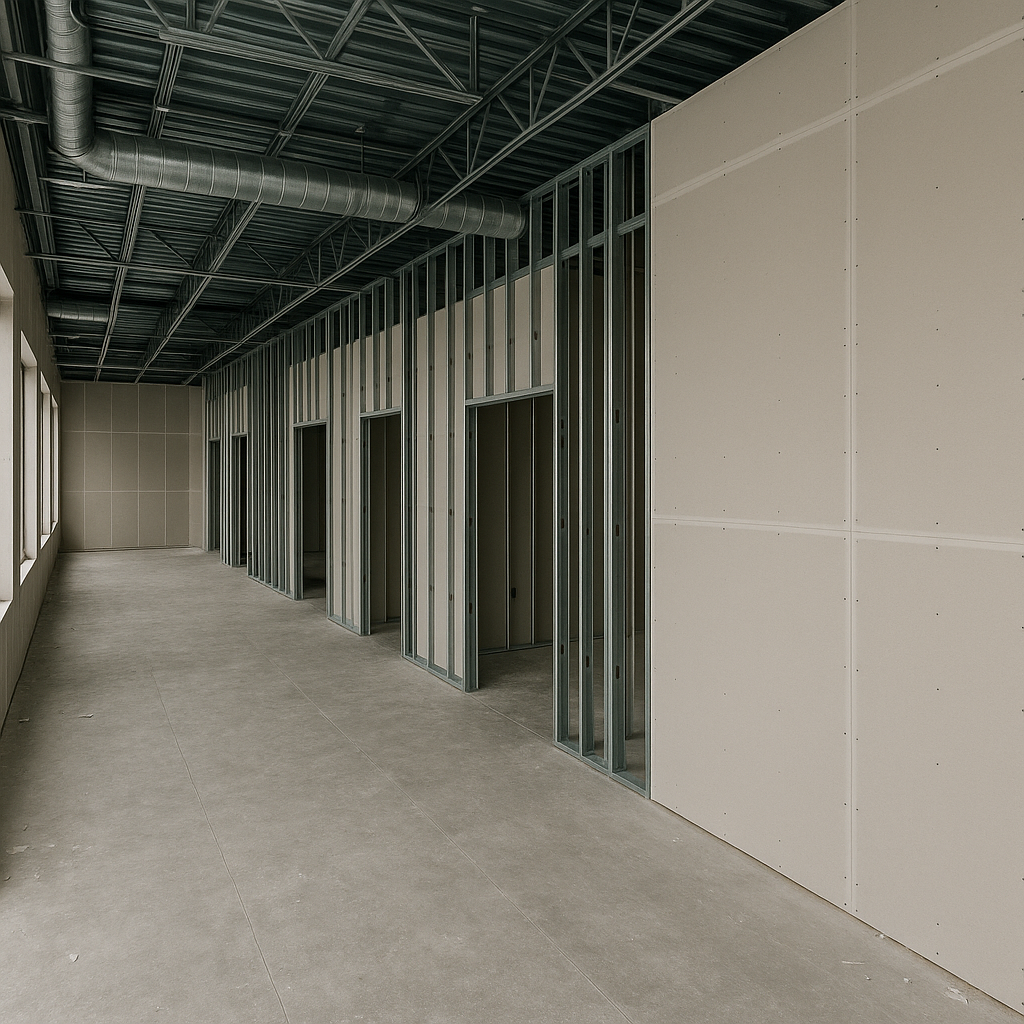
Capturing overhead accurately in your drywall takeoff is not just a best practice—it’s essential for maintaining project profitability. While material and labor costs often receive the most attention, overhead costs can silently erode margins when overlooked. For architects, engineers, and general contractors, understanding how to estimate and allocate overhead ensures more accurate bids and sustainable project delivery.
Overhead includes all indirect costs associated with delivering the drywall scope but not tied to a specific wall or ceiling. Common overhead items in drywall projects include:
These costs don’t show up in the square footage but significantly affect the bottom line. Systems like Active Estimating allow teams to include overhead systematically in takeoffs, avoiding guesswork and late-stage adjustments.
Estimators frequently use percentage-based allowances for overhead without tying them to actual project demands. This can lead to problems such as:
With tools like drywall estimating software that integrate both objective quantities and subjective cost drivers, estimators can capture overhead more realistically and defendably.
Rather than baking overhead into unit prices, consider itemizing it. This improves transparency for both internal teams and clients.
Longer schedules and multi-phase access will increase overhead. Don’t spread a fixed percentage across all work areas. Instead:
Historical data from similar projects—particularly production logs and cost actuals—can reveal where overhead was under- or over-allocated. Systems that track this feedback in real time, such as Active Estimating, help refine future estimates.
These variables can’t be predicted with a flat 10% overhead line. They must be modeled in context.
In drywall estimating, overhead is a significant cost component that deserves precise attention—not just a flat percentage applied at the end. Accurate capture of overhead leads to better job costing, fewer change orders, and improved trust with clients. With the help of platforms like Active Estimating, overhead becomes a manageable, trackable, and defendable part of every drywall takeoff—keeping your estimates sharp and your profits intact.
Contact Information:
Active Estimating
508 2nd Street, Suite 208
Davis
California
95616
Rich Schoener
richard@activeestimating.com
(877)
Schedule a personalized demo to see how Active Estimating can work for your specific needs.
